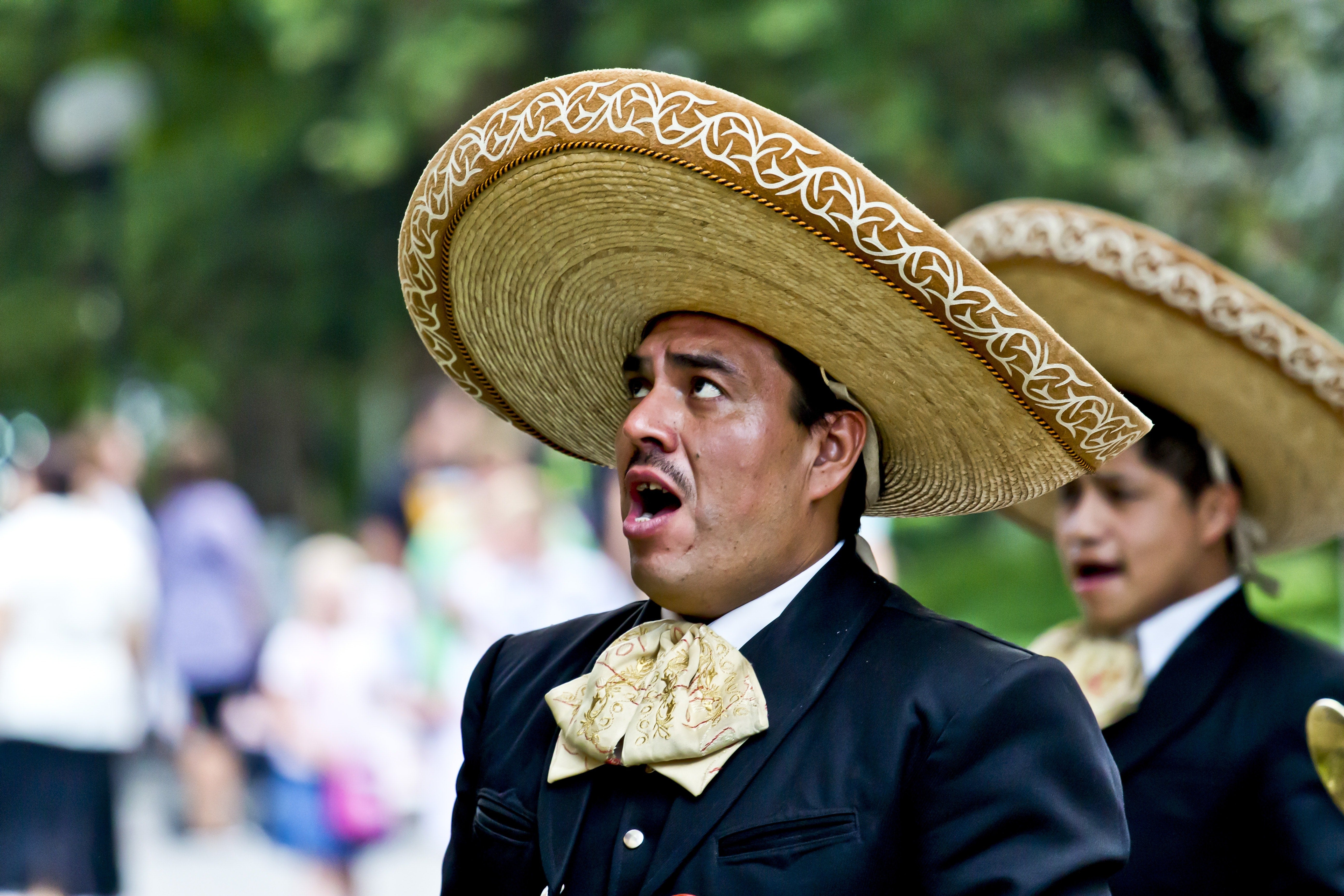Article: Musica Mexicana

Musica Mexicana
What do you envision upon hearing the phrase “Mexican music”? You probably have some idea of what it sounds like, or even looks like. Nylon-string guitars, romantic Spanish lyrics, and singers in big elegant sombreros might come to mind, and you’re not wrong! These are certainly very important hallmarks of Mexican music.
That being said, Mexico’s music scene is as diverse as its people. It churns out music of any genre you can imagine- classical, jazz, indie pop, punk rock, folk, and so much more.
Many contemporary Mexican musicians draw influence from the country’s folk roots, which encapsulate a beautiful blend of indigenous and European musical styles. There are hundreds of subcategories of traditional Mexican music, with the very nature of each one differing from region to region. It would be practically impossible to list them all, but here’s just a quick handful of Mexican music styles you should know.

Rancheras
Drawing on traditional folk music, rancheras originate from ranches in Mexico’s countryside. Rancheras are played on acoustic instruments, and the singer’s long, drawn-out tones are often accompanied by fiddles and trumpets. They are an unmistakable icon of Mexican culture. (Ever heard Cielito Lindo?) Written with themes of love, patriotism, and nature, rancheras are known for brimming with raw emotion, be it happy or sad. Notable artists include Vicente Fernandez and Chavela Vargas.
Corridos
The word corrido doesn’t actually refer to a genre of music, but rather to its content. The corrido is almost like a poem, forming a musical narrative that weaves old legends and love stories into a ballad. It always tells a story. They rose to popularity particularly during the Mexican War of Independence and the Mexican Revolution, romanticizing patriotic figures of the time. They are still incredibly popular today, now used to tell stories about, well, anything! Corridos traditionally have Spanish lyrics, but have been adopted by musicians of all cultures. Notable artists include Jose Alfredo Jimenez and Beatriz Adriana.
Cumbia
While cumbia is Colombian in origin, the genre really started to take off in the mid-20th century. Mexicans loved cumbia so much that multiple entirely unique subgenres formed out of its popularity, with the most famous being la cumbia sonidera. Characterized by its iconic use of the guacharaca (a percussive instrument), cumbia sonidera (also known as Mexican cumbia) is now an intrinsic part of Mexican culture. Notable artists include Selena and Los Ángeles Azules.
Banda
Banda music originated from central and southern Mexico and dates back to the middle of the 19th century. This genre is characterized by its heavy use of brass instruments (like tuba and trumpet), along with heavy booming percussion. Accordions are also common. The classic rhythm of banda music is derivative of the German polka, as Mexico saw a wave of German immigrants in the 1800s. Notable artists include Jenni Rivera and Joan Sebastian.
Mariachi
Contrary to popular belief, mariachi does not refer to a genre of music, but rather to the ensemble that plays it. Complete mariachi groups have at least twelve members and consist of violins, trumpets, guitars, vihuelas, and guitarróns. It is common for the members to take turns singing lead and backup vocals. Mariachis play many different types of Mexican music, including those listed above. They are easily recognizable by their intricate charro outfits and hats. Mariachi Vargas is a world-renowned ensemble that’s been active since 1897- They’re currently in their fifth generation of members.
Mexican Pop
Mexico has always produced pop music, but its popularity boomed globally in the 1990’s thanks to artists like Luis Miguel and Thalía.
Perhaps the most iconic artist out of Mexico, Juan Gabriel is acclaimed worldwide for his skillful songwriting, heartfelt Spanish lyrics, and ability to perform a diverse set of styles including folk pop, ranchera, bolero, classic pop, mariachi, and banda.
The rich history and traditions of Mexican culture continue to inspire pop artists even today. Musicians like Mon Laferte and Natalia Lafourcade are known for nodding to their Mexican heritage. By using classic cultural visuals and taking influence from many of the styles listed above, they demonstrate that the legacy of Mexican music is a beautiful tradition that just keeps on giving.

